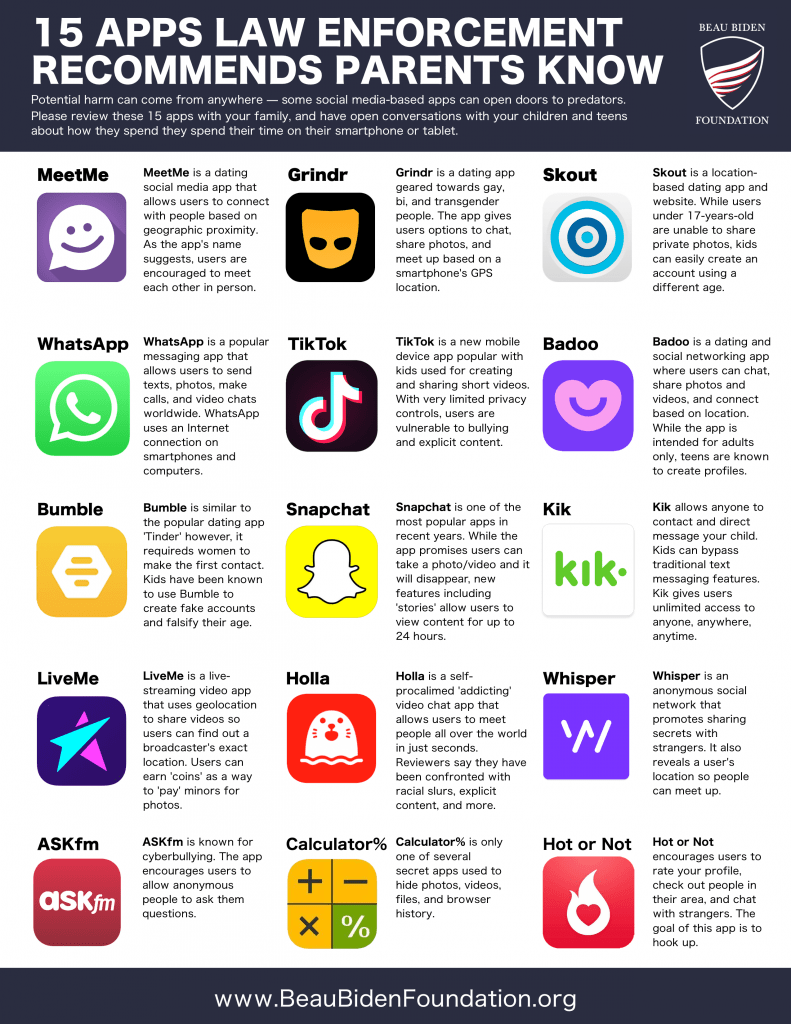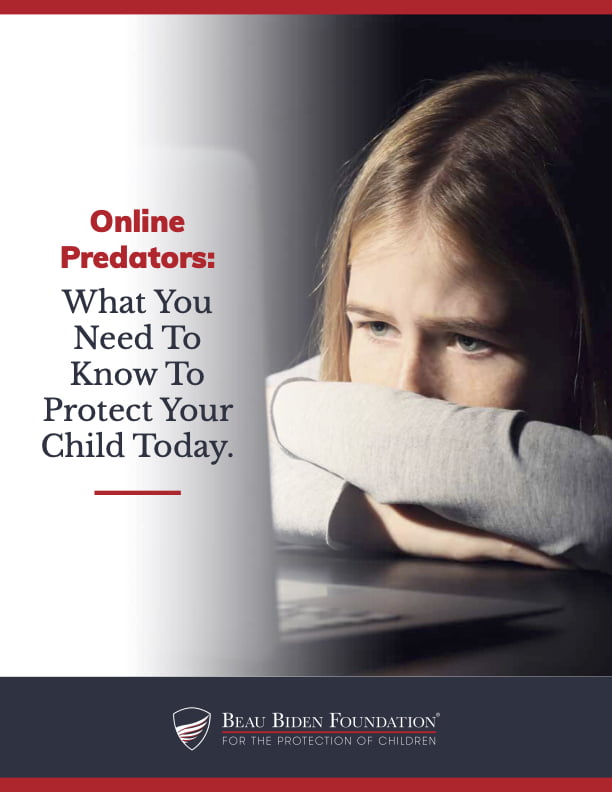Bullying has been a fact of life for children and teenagers since the beginning of time. Over the last few years, most studies show about 25-30% of kids are bullied. And that 30% of children admit to actually bullying someone else.
Most staggering? More than 70% of school aged children report seeing bullying happen – in school and online.
The simple fact is this: even if your child isn’t bullying or being bullied – they see it happen. And more and more often, it’s happening online.
Think back to when you were a kid. If you were bullied regularly at school, when you stayed home sick, you didn’t get bullied. In the past, most of the time a bully had to look you in the eye before saying something hurtful or crude.
Not so for your kids today.
Shaming in group texts, negative hurtful comments on Instagram®, sharing of doctored pictures or memes – the tools of the modern bully extend far beyond the playground or school hallways. Bullies can quite literally follow your child into their bedroom.
Bullies desire attention and need an audience — the Internet and social media platforms provide an audience we could never contemplate when we were growing up. With the ability to anonymously bully someone (think fake/burner Twitter® accounts) and bullies now feel less blameworthy.
How can you know if your child is being bullied?
Unfortunately, many of the signs could also be called “being a teenager” – sleep difficulties, moodiness, anxiety, sadness, a decline in academic performance. But keep an eye on how your child’s social network changes. Is she avoiding certain groups of people or events she used to enjoy?
How do you tell if your child is a bully?
Again, many of the signs sound like typical teenage behavior: impulsiveness, a tendency to test limits or break rules. Many bullies are quite adept at manipulating situations or people – and most bullies have very little sympathy for kids who are being bullied.
It’s far more likely your child is a witness to bullying. So what can you do? As a parent, the most important thing is this: Talk to your kids. Empower them to stand up and speak out when they see bullying happening. Most often, when a bystander intervenes, bullying stops in 10 seconds. Makes sense, right? What kind of bully likes to be confronted?
What is bullying?
According to StopBullying.gov: Unwanted, aggressive behaviors that are repeated or have the potential to be repeated and which create a real or perceived imbalance of power. Verbal and social bullying take place any time of day or night and can even occur in our child’s bedroom when they’re online.
Quick Tips for Parents:
- Bullying is a behavior, not an identity
- Empower your kids to stand up and speak out when they see bullying behavior
- Teach your kids to say no when they feel pressured or uncomfortable
- Support your kids when they speak up

Online Predators: What You Need To Know To Protect Your Child Today
Please click here to download our informative and FREE ebook.


